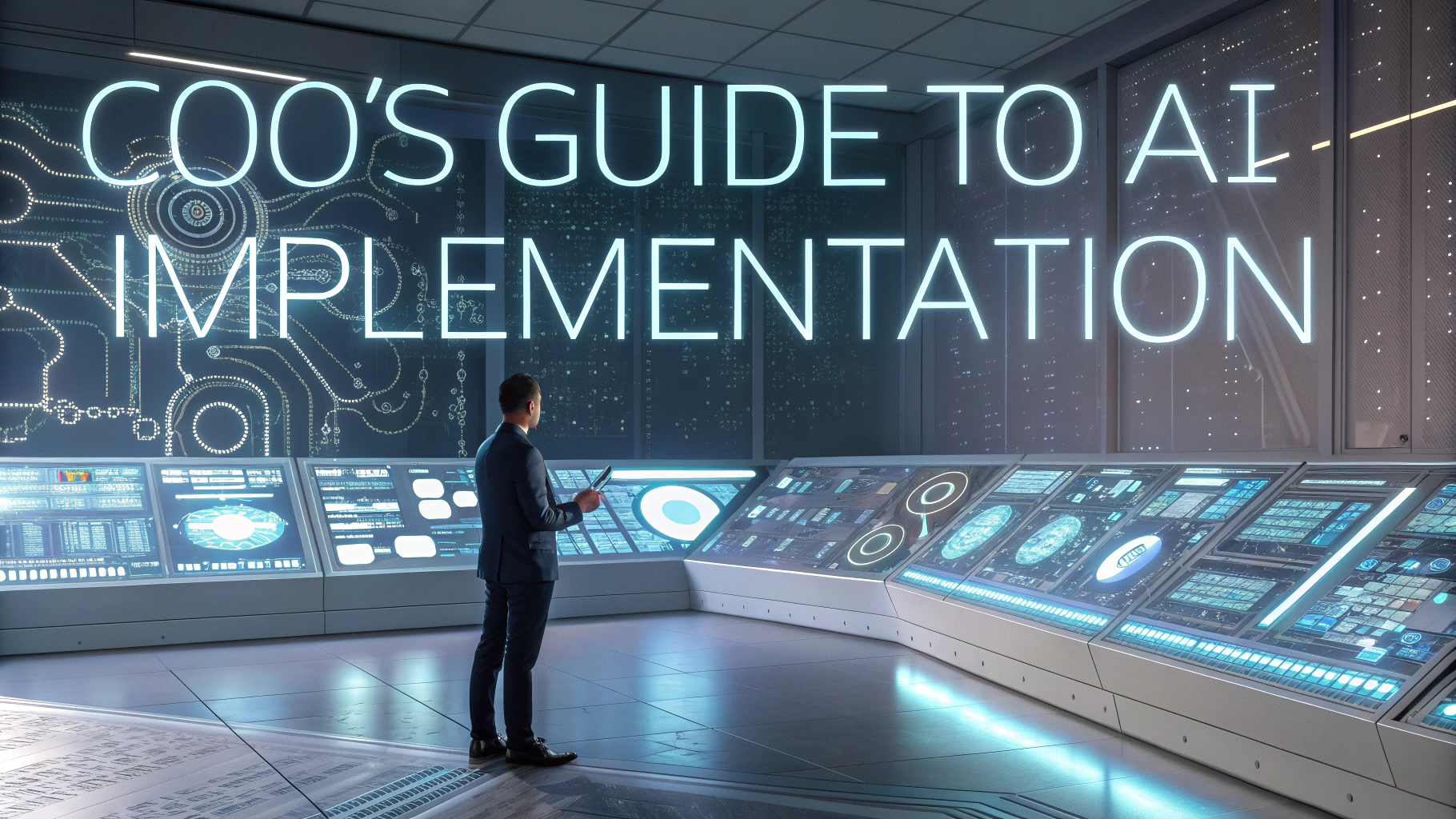Successful digital transformation projects are reshaping how organizations operate and deliver value to customers, with Chief Operating Officers playing a central role in driving these initiatives.
This article examines real-world examples of companies that have effectively navigated their digital evolution, providing practical insights for COOs and business leaders.
By studying these success stories, organizations can better understand the key factors that contribute to successful digital transformation and avoid common pitfalls.
Notable Digital Transformation Success Stories
- Target – Transformed its supply chain through predictive analytics and automation, reducing costs by 30%
- DBS Bank – Implemented cloud-first strategy and API-driven architecture, increasing digital customers by 161%
- Nike – Developed direct-to-consumer digital platform, boosting online sales by 84%
- Microsoft – Shifted to cloud services and subscription-based model, achieving $45.3 billion in cloud revenue
Key Success Factors
- Clear leadership vision and commitment
- Employee engagement and training programs
- Technology infrastructure modernization
- Customer-centric approach
- Data-driven decision making
Common Implementation Strategies
| Strategy | Impact |
|---|---|
| Cloud Migration | Improved scalability and cost efficiency |
| Process Automation | Increased productivity and accuracy |
| Data Analytics | Enhanced decision-making capabilities |
| Digital Customer Experience | Higher customer satisfaction and retention |
Role of the COO in Digital Transformation
The COO serves as the bridge between strategic vision and operational execution.
Key responsibilities include:
- Aligning digital initiatives with business objectives
- Managing change across departments
- Monitoring implementation progress
- Ensuring ROI on digital investments
Measuring Success
Track these key performance indicators:
- Customer satisfaction scores
- Employee adoption rates
- Process efficiency improvements
- Revenue growth from digital channels
- Cost reduction metrics
Practical Next Steps
Start with these actions:
- Assess current digital maturity
- Identify high-impact transformation opportunities
- Create a phased implementation roadmap
- Build cross-functional teams
- Establish clear metrics for success
Resources and Support
Contact these organizations for guidance:
- Digital Transformation Institute: www.dti.org
- MIT Sloan Center for Digital Business: digital.mit.edu
- Gartner Digital Transformation Research: www.gartner.com/digital
Building Long-term Success
Remember that digital transformation is an ongoing journey rather than a destination.
Focus on creating sustainable change through continuous improvement and adaptation.
Maintain regular communication with stakeholders and adjust strategies based on feedback and results.
Managing Digital Risks
Effective risk management is crucial for digital transformation success. Organizations must address:
- Cybersecurity threats
- Data privacy compliance
- Legacy system integration challenges
- Workforce resistance to change
- Technology vendor dependencies
Innovation and Future Trends
Emerging Technologies
- Artificial Intelligence and Machine Learning
- Internet of Things (IoT)
- 5G connectivity
- Edge computing
- Blockchain solutions
Industry-Specific Applications
| Industry | Digital Innovation Focus |
|---|---|
| Healthcare | Telemedicine and AI diagnostics |
| Manufacturing | Smart factories and predictive maintenance |
| Retail | Omnichannel experiences and inventory optimization |
| Financial Services | Digital payments and automated underwriting |
Stakeholder Management
Successful digital transformation requires active engagement with:
- Board members and executives
- Employees across departments
- Customers and end-users
- Technology partners
- Industry regulators
Accelerating Digital Excellence
Organizations must maintain momentum while ensuring sustainable transformation:
- Regularly assess and update digital strategies
- Foster a culture of continuous innovation
- Invest in ongoing employee development
- Build resilient digital ecosystems
- Stay aligned with evolving customer needs
By following these guidelines and learning from successful implementations, organizations can create lasting digital transformation that drives competitive advantage and sustainable growth.
FAQs
- What key metrics should COOs track to measure digital transformation success?
ROI on digital investments, operational efficiency improvements, customer satisfaction scores, employee adoption rates, process automation levels, reduction in manual tasks, and digital revenue growth. - How can COOs ensure employee buy-in during digital transformation?
Through clear communication of benefits, comprehensive training programs, involvement in decision-making, establishing digital champions, and creating reward systems for adoption. - What are the most common digital transformation pitfalls COOs should avoid?
Focusing solely on technology without process redesign, insufficient change management, lack of clear strategy, inadequate employee training, poor data governance, and resistance to cultural change. - How long does a typical enterprise-wide digital transformation take?
Most successful digital transformations take 2-5 years, depending on organization size, complexity, industry, and scope of transformation. - What role should the COO play in cybersecurity during digital transformation?
Ensuring security-by-design in new digital processes, overseeing risk assessments, maintaining compliance, coordinating with IT security teams, and establishing security protocols. - How can COOs effectively manage the budget for digital transformation?
Through phased implementation, prioritizing high-impact initiatives, maintaining contingency funds, continuous ROI monitoring, and regular cost-benefit analysis. - What are the essential technologies COOs should consider for digital transformation?
Cloud computing, AI/ML, IoT, data analytics, RPA (Robotic Process Automation), digital workflow tools, and integrated enterprise systems. - How can COOs measure the impact of digital transformation on customer experience?
Through customer satisfaction surveys, Net Promoter Score (NPS), customer retention rates, digital engagement metrics, and customer journey analytics. - What organizational structure changes are typically needed for successful digital transformation?
Creating digital-focused roles, establishing cross-functional teams, implementing agile methodologies, and developing new reporting structures. - How should COOs approach legacy system integration during digital transformation?
Through careful assessment of current systems, phased migration plans, API integration strategies, and maintaining business continuity during transitions.







